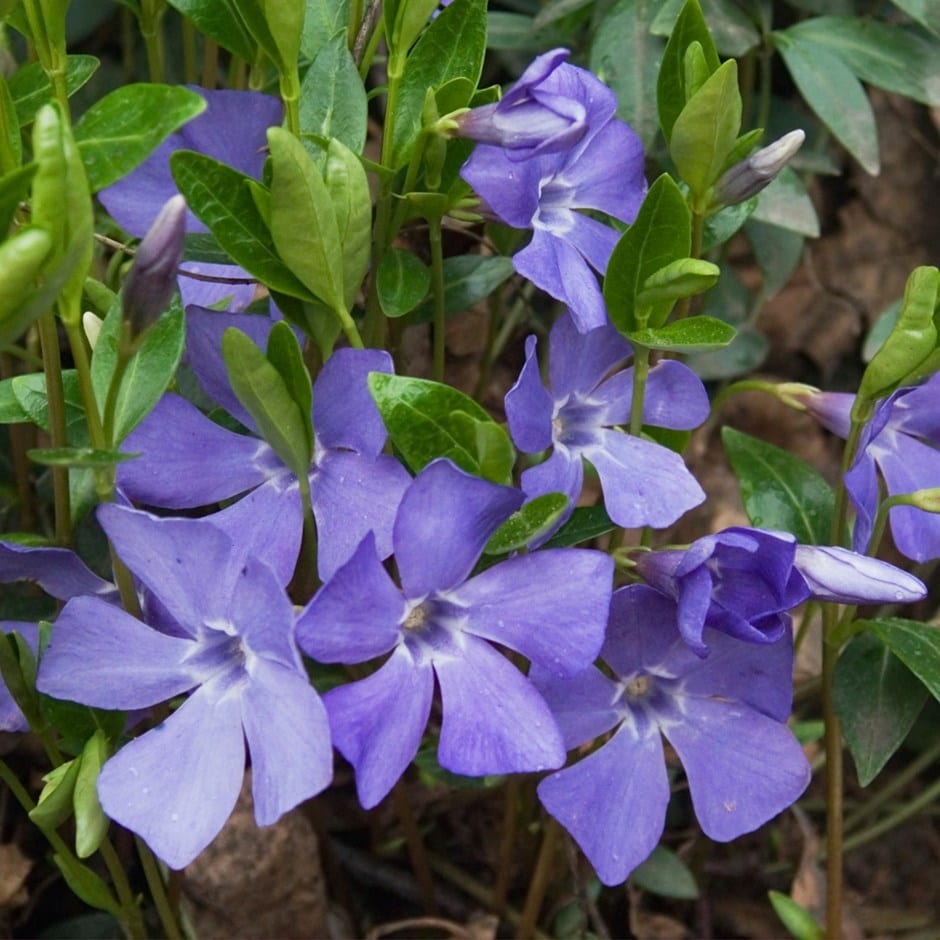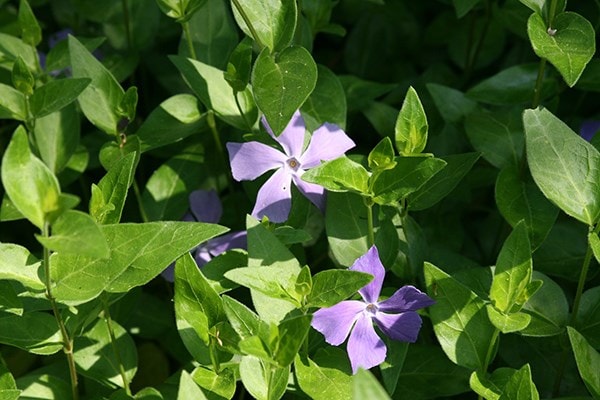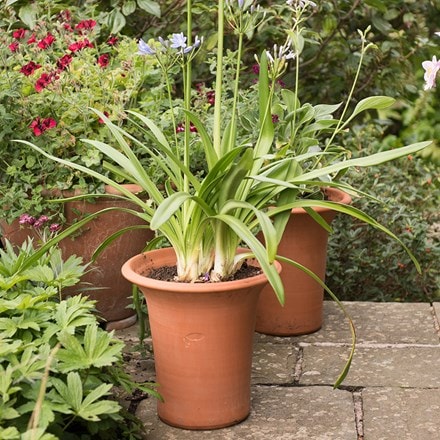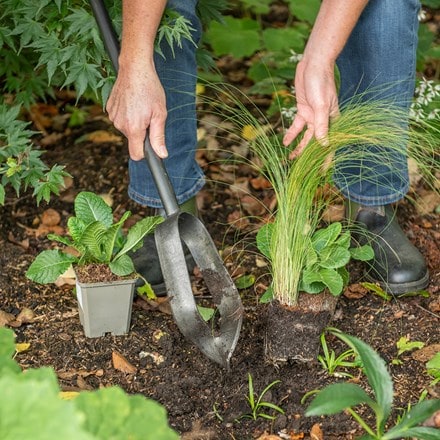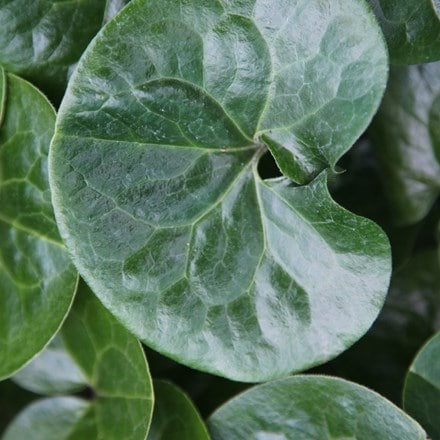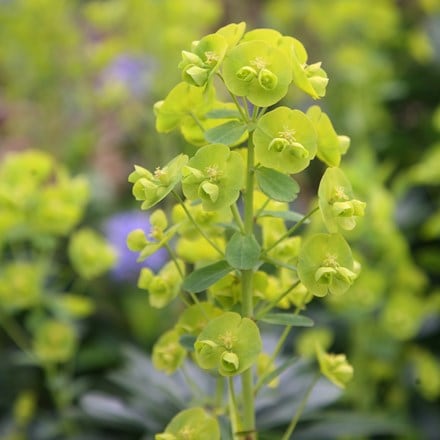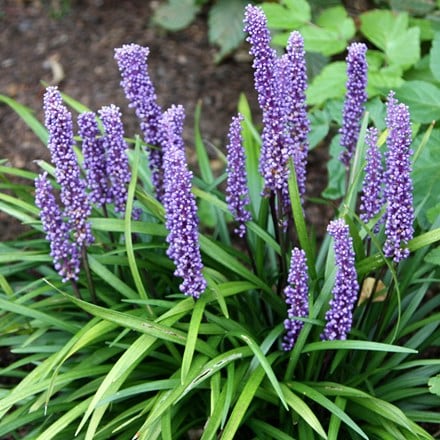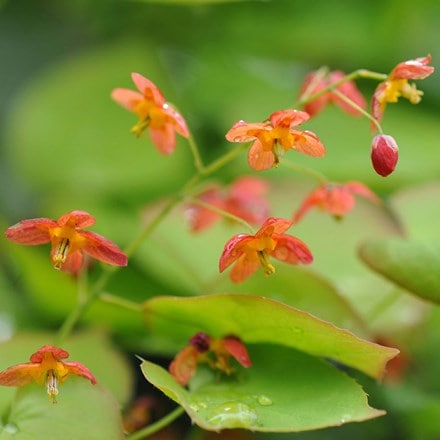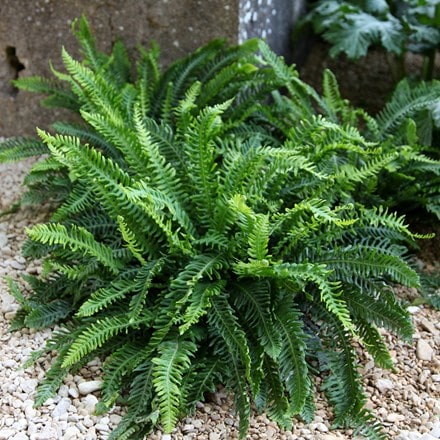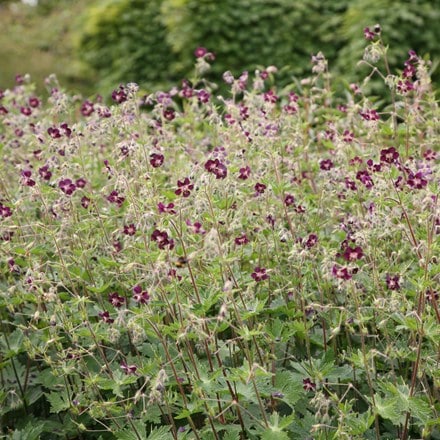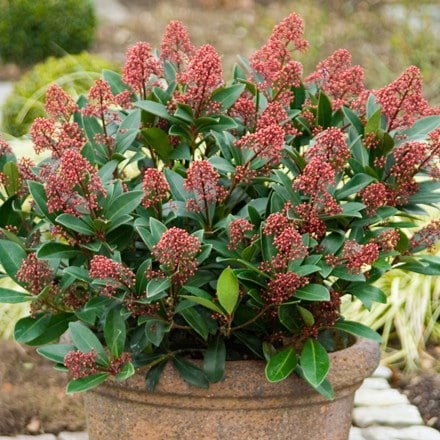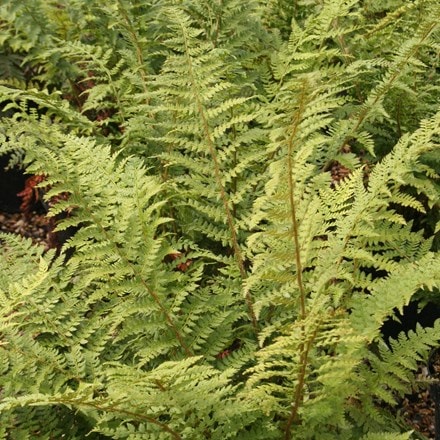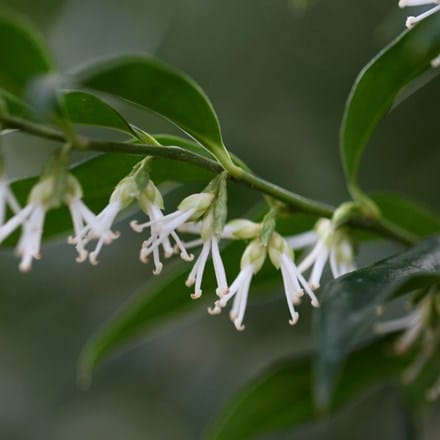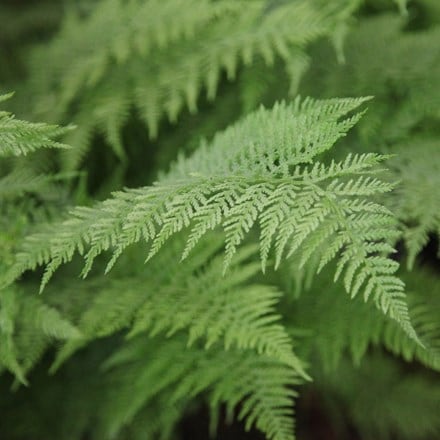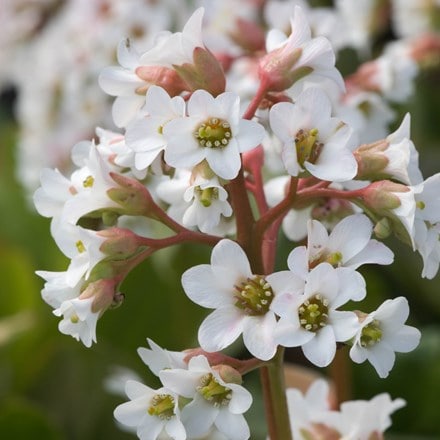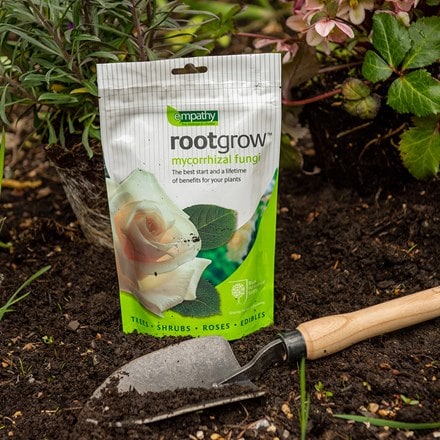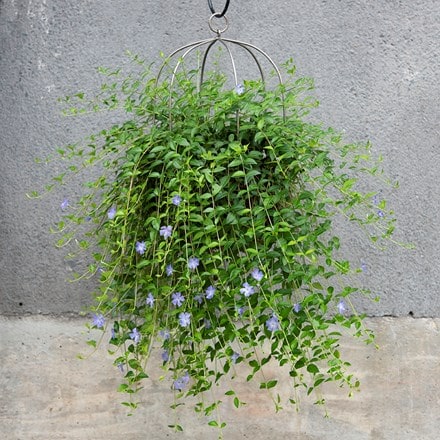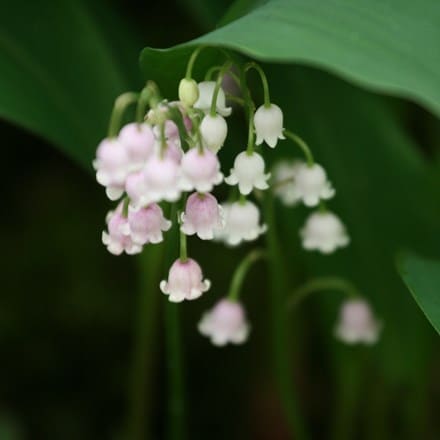Vinca minor
lesser periwinkle
This mat-forming evergreen shrub is ideal for ground cover, producing trailing shoots with glossy, lance-shaped, dark green leaves. From...
Diminutive periwinkle for close ground cover in deep-shade, with plain-green leaves and single rounded, violet blue flowers, an ideal stabiliser on banks
GOES WELL WITH
How to control weeds
‘One year's seed is seven year's weed’, or so the saying goes, so the most important thing an organic gardener (and non-organic gardener for that matter) can do is prevent weeds from flowering and setting seed. A horrifying example of this is chickweed,
Read full articleMarch pruning of trees, shrubs and climbers
The following notes can be used as a guide when pruning trees, shrubs and climbers in your garden during the month of March. It's timely advice if you have any of the following in your garden. Abeliophyllum, Artemesia, Brachyglottis, Brunfelsia, Buddleja
Read full articleRich green foliage for autumn
Come the autumn when the flowers may be fading away, and the lipstick-red, sombre-burgundy, orange-peel and mustard-seed foliage is at it's best in the autumn sunshine, green foliage begins to glow, lifting the spirits on the first really cold mornings.
Read full article


